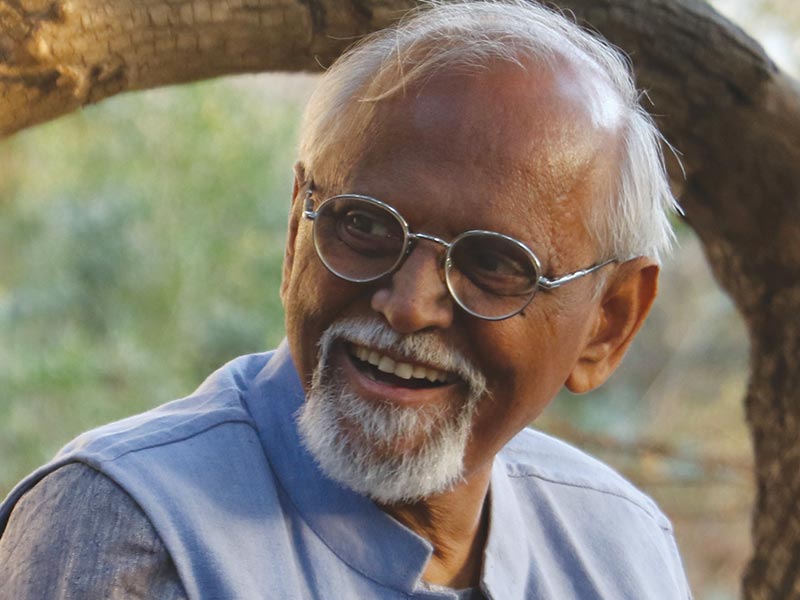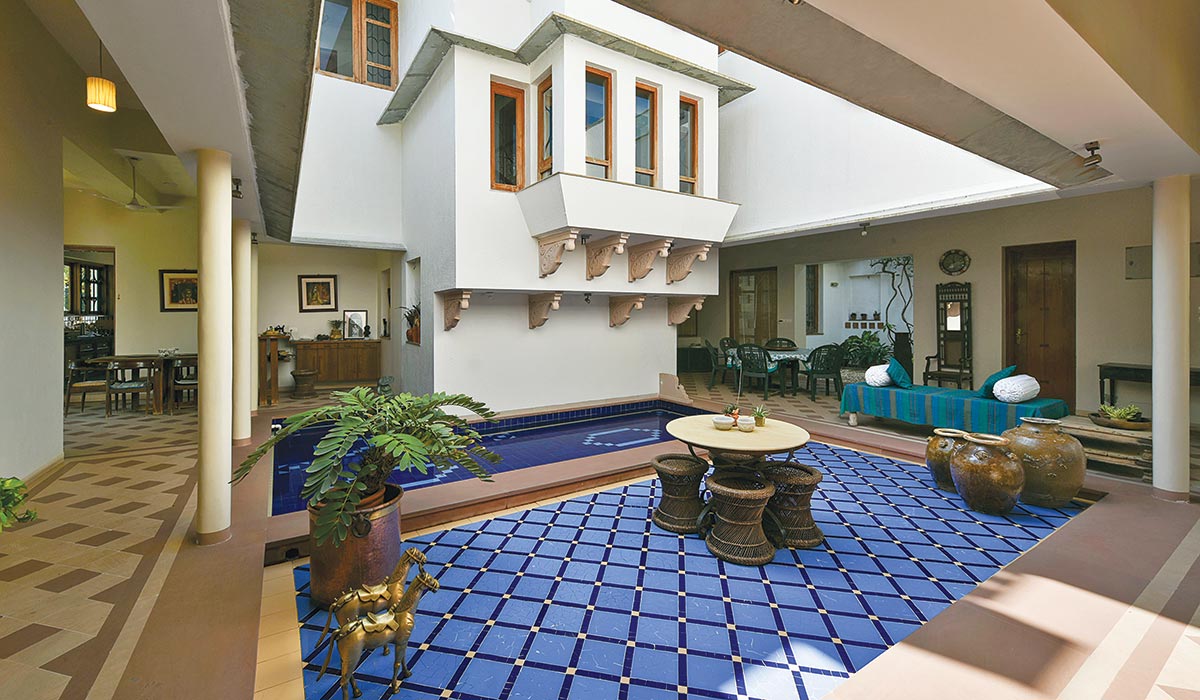
We see the state of architecture and design through the sieve of our nation’s context. India is currently at an extremely important crossroad with respect to our priorities of moving into the future. It has been observed that the economic growth model we have chosen to pursue, would not lead to, in the long term, an inclusive, sustainable, economically mobile development of its built environment.
A large number of our newly built environments blindly emulate the Western models. As a consequence, the emerging architecture in India is non-contextual, energy guzzling and highly unsustainable, even if it is rated and marketed as green. They employ high - embodied energy materials, tend to make less judicious choices dominated by trends, non time tested newer materials and processes, and are unsuitable for the six different climatic zones of India and their respective contextual needs.
The new technologies and software are tools, and not the objectives.
Modern design, drafting and digital tools like BIM, Rhino etc. would help the designer in the design in all respects, including in principles of planning and design, in choices of materials, technologies, processes and their applications, to ensuring longevity of built environments, provided the design intent remains responsible architecture and contextual climate responsive solutions.

Traditional building materials like bricks, stone, bamboo, mud and wood in addition to thatch / reed, cane, lime and metal are the basic materials with which all of our built environment was constructed till the beginning of the 20th century. They continue to be the most sustainable and relevant materials even today to our context, unlike glass, steel and composite materials, with high embodied energy and waste generation which are “trending” in our haste to pursue the Western mode of growth and development.
The entire profession of architecture, engineering and construction ought to maximize the use of traditional building materials, processes, crafts and crafts persons even in new developments, wherever possible. This alone will course correct the nature of our nation’s development, towards resource conservation and sustainability.
Construction techniques like Precast, PEB, Dry wall etc consume excessive resources, which we do not have the privilege to squander.
Our infatuation with using the “quick-fix” construction techniques like Precast, PEB, Dry wall etc without checking their relevance to Indian context and climate, as well as our considering the directions of development pursued by the West as a role model, would invariably lead to an inappropriate and irresponsible built environment for India. These construction materials and techniques though facilitating quicker turnaround of work at site, consume excessive resources, which we do not have the privilege to squander. There are, of course, exceptions to these, but they are too few and too far apart to make a significant impact to our built environment.
 Bhojnagarwala Residence
Bhojnagarwala ResidenceWe believe that we are not looking at the holistic development of our cities, towns and villages.
We have to be extremely conscious of the limits to the growth of our settlements, whether they are mega cities, cities or towns. If, instead of trying to solve the problems of anticipated urbanization, we can consider on providing health, education, employment opportunities and reliable as well as good quality power to our villages, then they will grow into better towns and then into better cities. We will have less influx of daily migration in search of the fundamental facilities, in our already crowded urban areas, and much less chaos all around.















